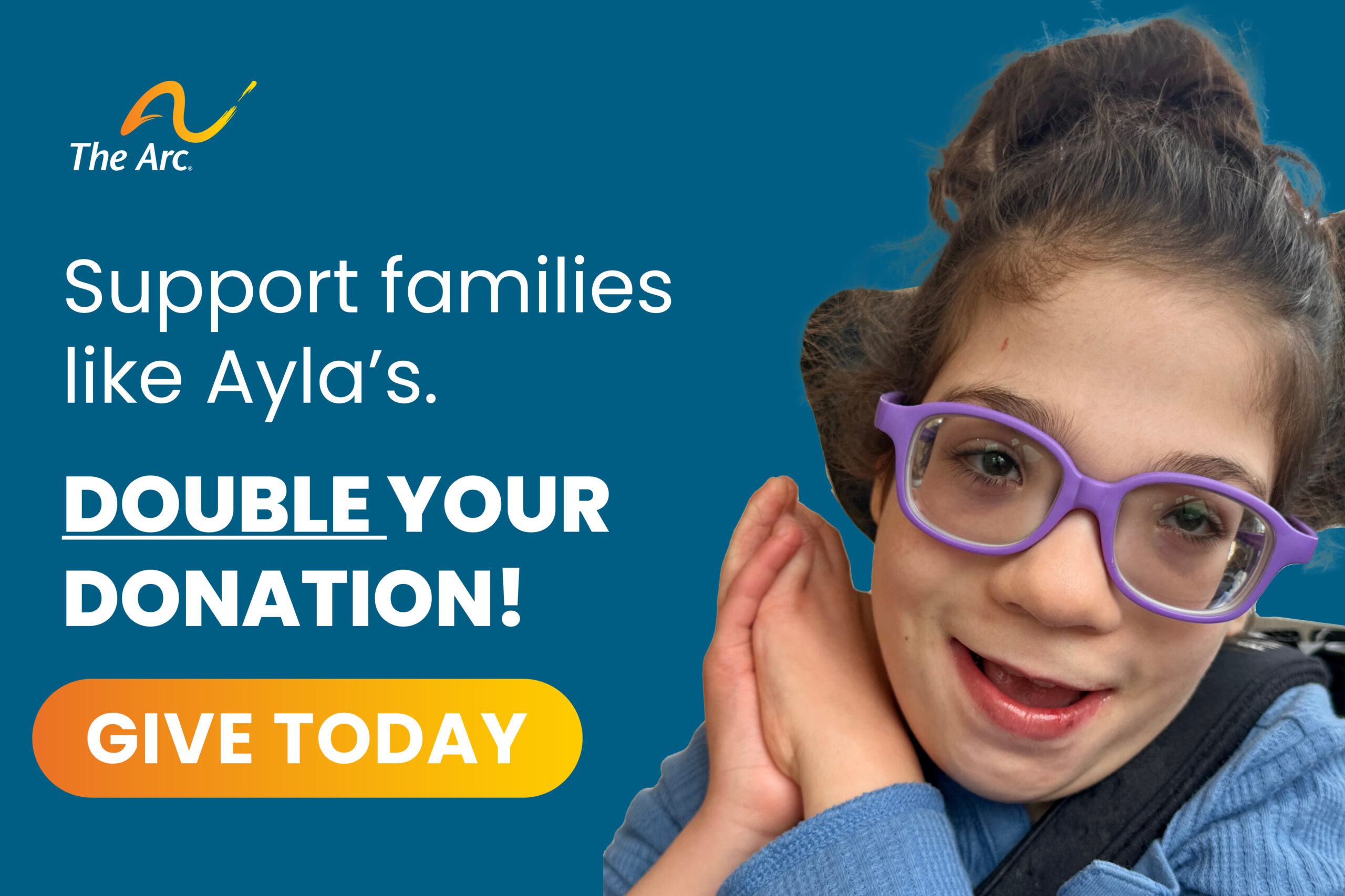Contents
- Introduction
- Current level of performance
- IEP contents
- Goals
- The IEP team
- The role of parents
- References
Introduction
The Individualized Education Program or IEP is a written statement describing a child with a disability’s learning goals and the supports that the school will provide to help the child achieve those goals. IEPs were first mandated under Education of All Handicapped Children Act in 1975 – now called the Individuals with Disabilities Education Act (IDEA). By describing exactly what schools plan to do to meet a child’s individual needs, the IEP plays a vital role in ensuring that students with disabilities receive the free and appropriate education they have been guaranteed since 1975. Provisions in IDEA also ensure that parents have a number of rights related to their participation in IEP development.
Current Level of Performance
An important part of an IEP is the current level of performance. This helps schools and families identify appropriate goals and objectives based on a child’s unique needs (Wrights Law, 2011). For students with ASD, this could include, among other things, information on learning style, sensory issues, adaptive behavior, interests and activity, communication style and preferences, social skills, cognitive differences, academic performance (From OCALI, 2007).
IEP Contents
For most children with ASD, IEPs usually address access to the general education curriculum, non-academic needs, and extracurricular activities (NICHCY, 2011). The IEP may contain also describe supports provided related to:
- Accommodations and modifications necessary to access the general curriculum
- Specialized instruction
- Social development and interaction
- Communication
- Academics
- Behavior
- Functional skills
- Motor development
- Access to related services (such as occupational or physical therapy, access a paraprofessional, transportation, transition coordinator, or job coach)
Goals
Appropriate and measurable goals and objectives are key to an effective IEP. Goals describe what a child will accomplish in a year if the services described are provided and effective (Wrights Law, 2011). They should describe accomplishments that are challenging but reasonable. Objectives are short-term milestones that are used in measuring a student’s progress towards a goal.
The IEP Team
The IEP team is made up of school personnel and parents who meet at least once a year. IDEA requires the participation of least one regular educator (if the child is participating in or may be participating in the regular education environment), someone who can interpret a child’s evaluations in terms of their implications for instruction, a special educator, and a representative of the education agency (usually a principal or special education director) the IEP process.
The Role of Parents
Since 1975 Congress has recognized the vital role of parents in the education of their children with disabilities (NICHCY, 2011). The IDEA, therefore, contains provision guaranteeing parents the following rights related to the IEP:
- Notification of IEP meetings in advance so that at least one parent can attend;
- Scheduling of meetings in a mutually agreed upon time and place; and
- The public education agency taking “whatever action is necessary to ensure that the parent understands the proceedings of the meeting, including arranging for an interpreter for parents with deafness or whose native language is other than English.”
References
- Dage, Daniel (2010). Writing effective IEP goals and objectives: Suggestions for teachers and parents. Retrieved March 17, 2011.
- National Dissemination Center for Individuals with Disabilities (NICHCY) (2011). All about the IEP. Retrieved March 16, 2011.
- NICHCY (2009). Questions and answers about IDEA: Parent participation. Retrieved March 17, 2011.
- Ohio Center for Autism and Low Incidence Disabilities (OCALI) (2007). ASD and the IEP. Using the IEP framework to support students on the spectrum. Retrieved March 16, 2011.
- Wrightslaw (2010) Game Plan: Writing Good IEP Goals & Objectives.


